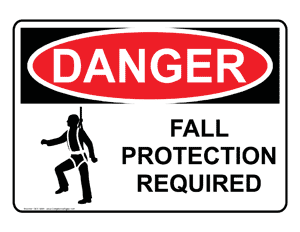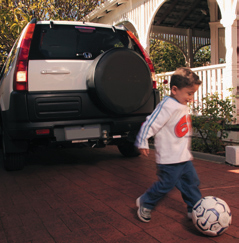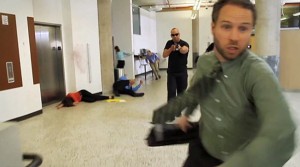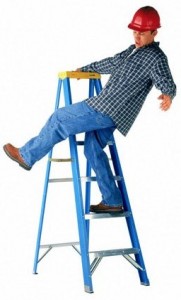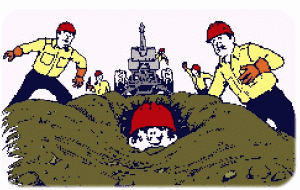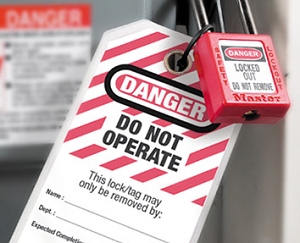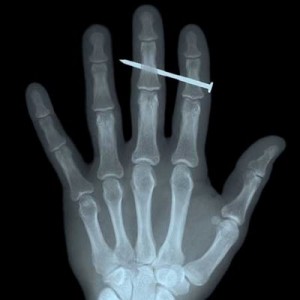 For many workers, their jobs may be the most dangerous activities they engage in on a regular basis. On average, twelve people died each day last year from workplace incidents—amounting to over 4,300 deaths. Moreover, nearly 3 million workers suffered injuries or became ill at work last year.
For many workers, their jobs may be the most dangerous activities they engage in on a regular basis. On average, twelve people died each day last year from workplace incidents—amounting to over 4,300 deaths. Moreover, nearly 3 million workers suffered injuries or became ill at work last year.
These statistics actually represent some of the lowest workplace mortality and injury rates in decades, but Secretary of Labor Thomas E. Perez has urged that the government “can and must do better.” To Perez, the statistics “aren’t just numbers and data – they are fathers and mothers, brothers and sisters, who will never come home again.”
In an effort to reduce workplace hazards and prevent injuries, the Occupational Safety and Health Administration (OSHA) recently proposed a new rule that would add requirements for the electronic submission of workplace injury and illness information. In announcing the agency’s proposal, David Michaels, Assistant Secretary of Labor for Occupational Safety and Health, indicated that the new requirements should provide “better access to data that will encourage earlier abatements of hazards and result in improved programs to reduce workplace hazards and prevent injuries, illnesses and fatalities.”

